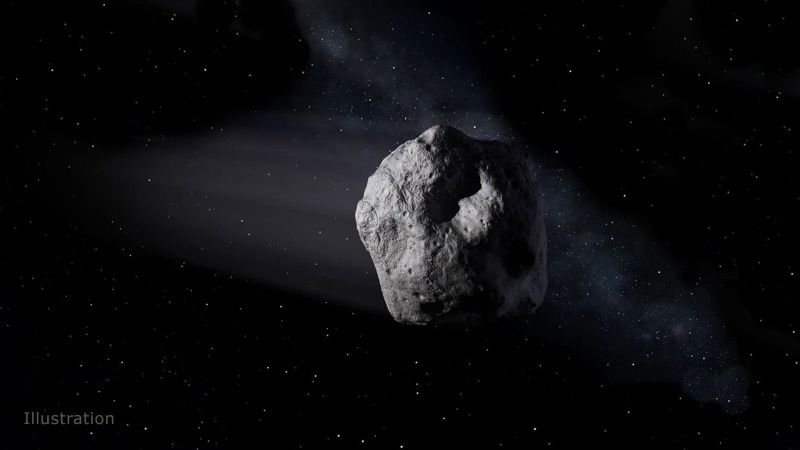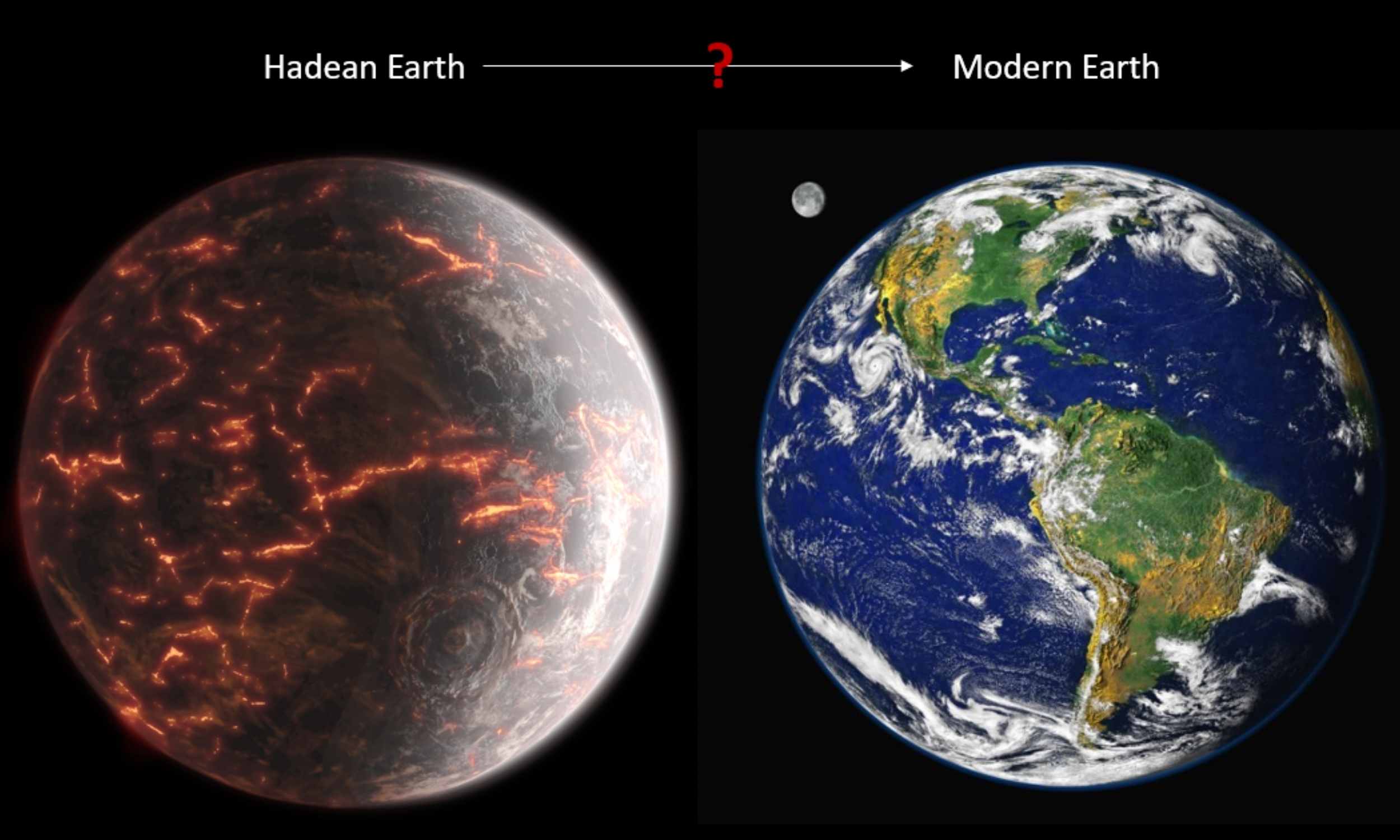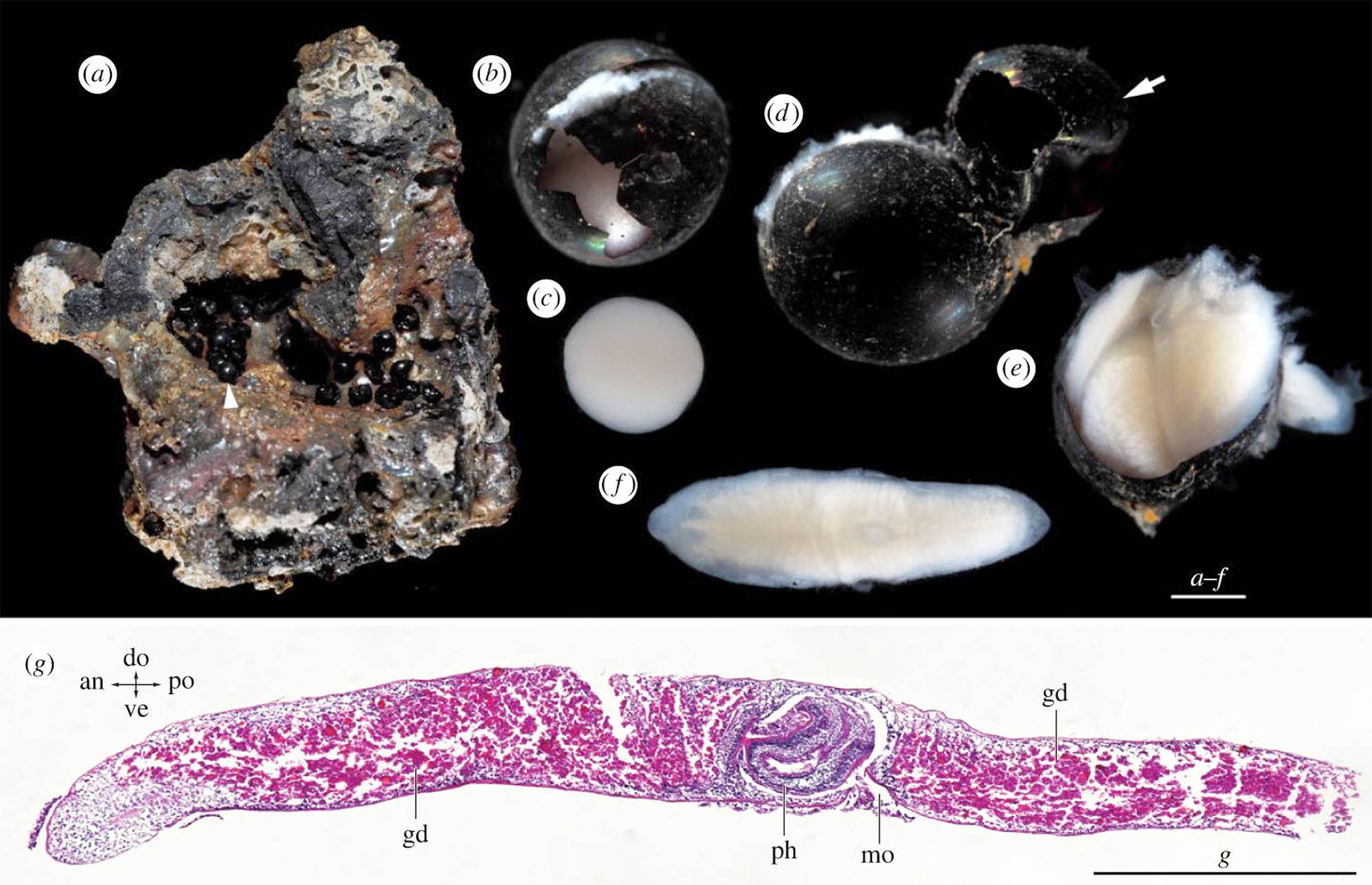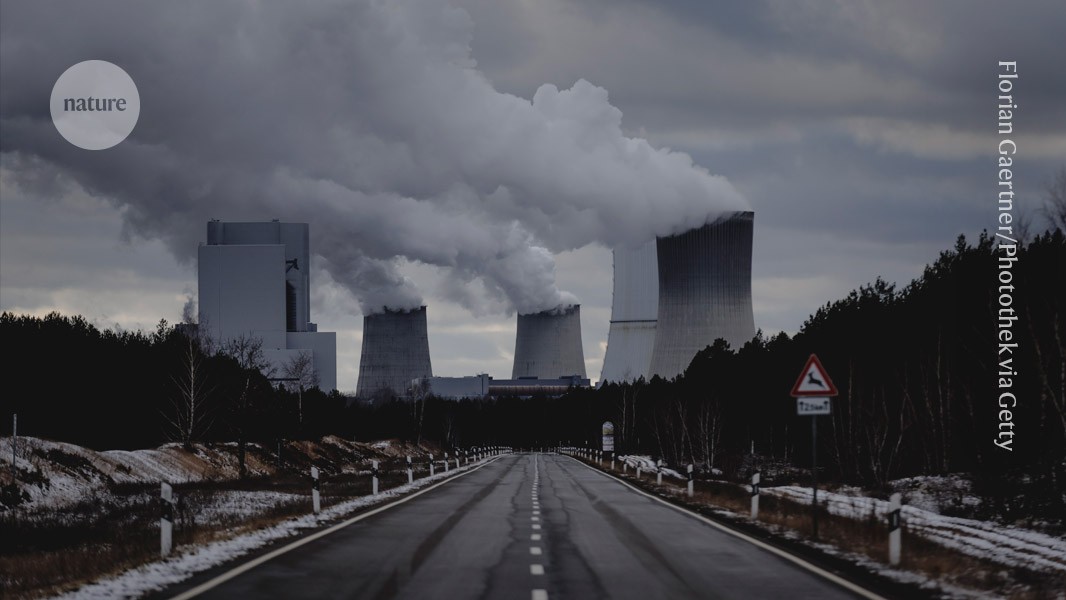IN A NUTSHELL 🧬 Scientists have discovered black egg capsules at a depth of 20,300 feet in the Pacific Ocean’s Kuril-Kamchatka Trench. 🔍 The discovery marks the deepest recorded reproduction of free-living flatworms, challenging previous records. 🌊 Genetic analysis reveals that these flatworms likely descended from shallower ecosystems, adapting to extreme conditions. 🔬 The study emphasizes the importance of genetic …
Read More »Tag Archives: earths
A quasi-moon has been Earth’s unseen companion for about 60 years, scientists find
Facebook Tweet Email Link Astronomers have spotted a quasi-moon near Earth — and the small space rock has likely been hanging out near our planet unseen by telescopes for about 60 years, according to new research. The newly discovered celestial object, named 2025 PN7, is a type of near-Earth asteroid that orbits the sun but sticks close to our planet. …
Read More »US Space Force and Gravitics Develop Aircraft Carrier That Launches Satellites Directly From Earth’s Orbit
IN A NUTSHELL 🚀 The U.S. Space Force and Gravitics are developing an orbital aircraft carrier to transform satellite deployment. 🔒 The carrier offers an unpressurized environment to protect sensitive electronics from harsh space conditions. 🤝 Public-private partnerships are crucial for advancing U.S. space superiority and integrating new technologies. 🌌 This initiative marks a new era in space exploration, impacting …
Read More »Earth’s Continent Formation Timeline Was Wrong—Here’s What Really Happened!
Recent studies suggest Earth’s continents formed billions of years earlier than previously thought. A study published in Nature Communications reveals evidence of active tectonic processes during the Hadean, challenging the idea of a quiet early Earth and providing new insights into crust formation and mantle recycling. The Crystallization of Earth’s Early Continental Crust In the early history of Earth, much …
Read More »Earth’s ‘New’ Quasi-Moon Has Been Hiding in Plain Sight for 60 Years
Scientists have discovered a previously unknown quasi-moon that’s been shadowing Earth’s orbit for decades, undetected, and will likely remain there for a few decades more. The quasi-moon, named 2025 PN7, is one of around seven quasi-satellites that share Earth’s orbit around the Sun. The Pan-STARRS observatory in Hawaii spotted the quasi-moon on August 2, according to a paper published in …
Read More »Formation of Earth’s continents began much earlier than believed
Earth may have started recycling its crust and forming continents far earlier than many scientists expected. A new study links chemical clues inside ancient crystals to short, intense bursts of early subduction and rapid crust growth. The team analyzed tiny pockets of ancient magma sealed inside green olivine crystals and paired the chemistry with computer models of early Earth. The …
Read More »Egg capsules of flatworms found in one of Earth’s deepest trenches
Four jet-black spheres clung to a rock on the Pacific seafloor at roughly 20,300 feet, stopping a research crew in its tracks. They looked like eggs, but their color, shape, and shine felt off-script for the deep ocean. Back on deck the mystery held. These were not fish eggs at all but hard little capsules called cocoons, each sheltering several …
Read More »'8.6 light years away: Could Voyager 2 ever meet Sirius, the brightest star in Earth’s sky? – WION
‘8.6 light years away: Could Voyager 2 ever meet Sirius, the brightest star in Earth’s sky? WION Source link
Read More »Earth’s Seasons Are No Longer in Sync —Satellite Data Reveals a Hidden Chaos
The timing of Earth’s seasons is no longer unfolding uniformly across the globe. A new satellite-based study published in Nature reveals surprising disparities in plant growth cycles, uncovering regions where ecosystems just kilometers apart follow different seasonal rhythms. What was once considered a predictable annual cycle is far more complex than previously thought. By analyzing two decades of satellite data, …
Read More »Earth’s capacity to store carbon could max out surprisingly soon
The planet’s capacity to store carbon-dioxide emissions in rock formations is much smaller than previous estimates suggest and it could run out as early as 2200, according to a study1 published in Nature today. To meet the goal of the 2015 Paris agreement — limiting global warming to 1.5–2 °C above pre-industrial temperatures — vast amounts of CO2 will need …
Read More »








